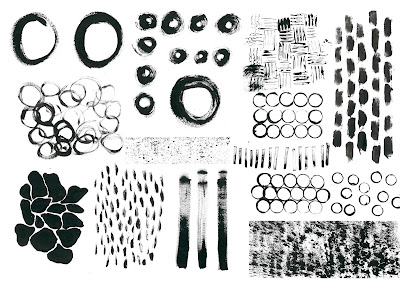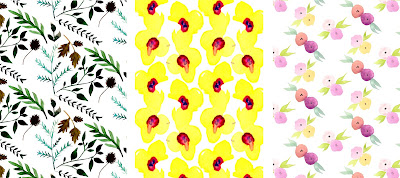23rd Jan- 30th Jan
For my last quick project of the practice unit I have
decided to do another live brief which will be entered into Bradford’s Textile
Society Competition for the ‘Printed fashion Textiles design on any base
fabric’ category.
As it is nearing the end of the Practice Unit, I want to try something different, whether that be a different context, printing technique or software. Therefore, my ideas have narrowed down to a Unisex Children’s wear colourful, vibrant digital print collection for Spring/Summer 18 with the age range of 0 -12 yrs. Therefore, I can practice a new context as well as experiment with bold colours and the use of Adobe Illustrator to refresh my skills.
This week has been mainly focused on gathering research and
primary drawings. As children’s wear is a new context I have approached,
research into it has been my main priority. WGSN provides new trends for all
ages and I came across a trend forecast called ‘Youth Tonic’ that stood out to
me. The initial image is what has inspired the rest of my research, with its
fun, childlike doodles and colours seen in figure 19.
Fig. 19
With fun, bright bold qualities and naïve themes as a
starting point I then turned to the upper scale high street brands such as ‘Monkey
Mccoy and ‘Melula’ to explore the kind of styles and trends going on today.
Bright colour was a reoccurring theme as well as dynamic, energetic shapes and
prints and therefore I feel colour and shape will be an important part within
my collection. Artists, Tom Abbiss Smith, Artelier Bingo, Ashley Goldburg and
fashion designer Daniel Palillo inspired me to take a mark making combined with
simple graphic shapes approach to drawing which has also allowed me to work
both with hand mark making as well as digital drawing techniques to gather
drawings I can combine to create unique patterns.
Fig. 20
Mark Making is an easy and efficient way to achieve quirky
and original marks. It is a technique that always works and is something I
enjoy. Using household objects and black acrylic paint, I started to create
exciting marks and shapes inspired by the child like doodles seen on the WGSN
page. The childlike naïve theme has been communicated through these, yet they
can still work appropriately on a printed children’s wear garment.
Fig. 21
 |
| Mark making |
The marks are simple yet effective however, my plan is to
combine these mark making prints with more graphical shapes made on illustrator
so I can start to add bright bold colour which is essential for my children’s
wear collection.












